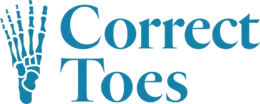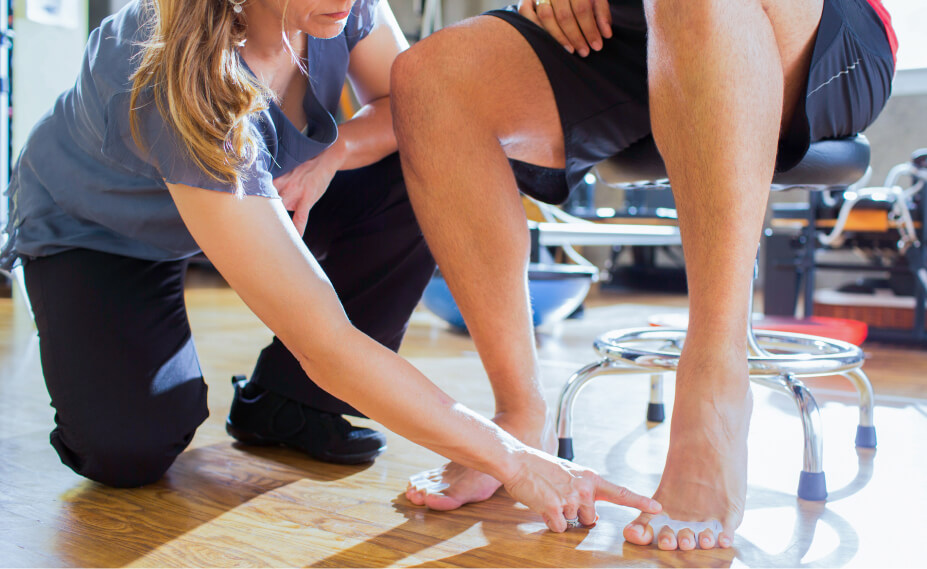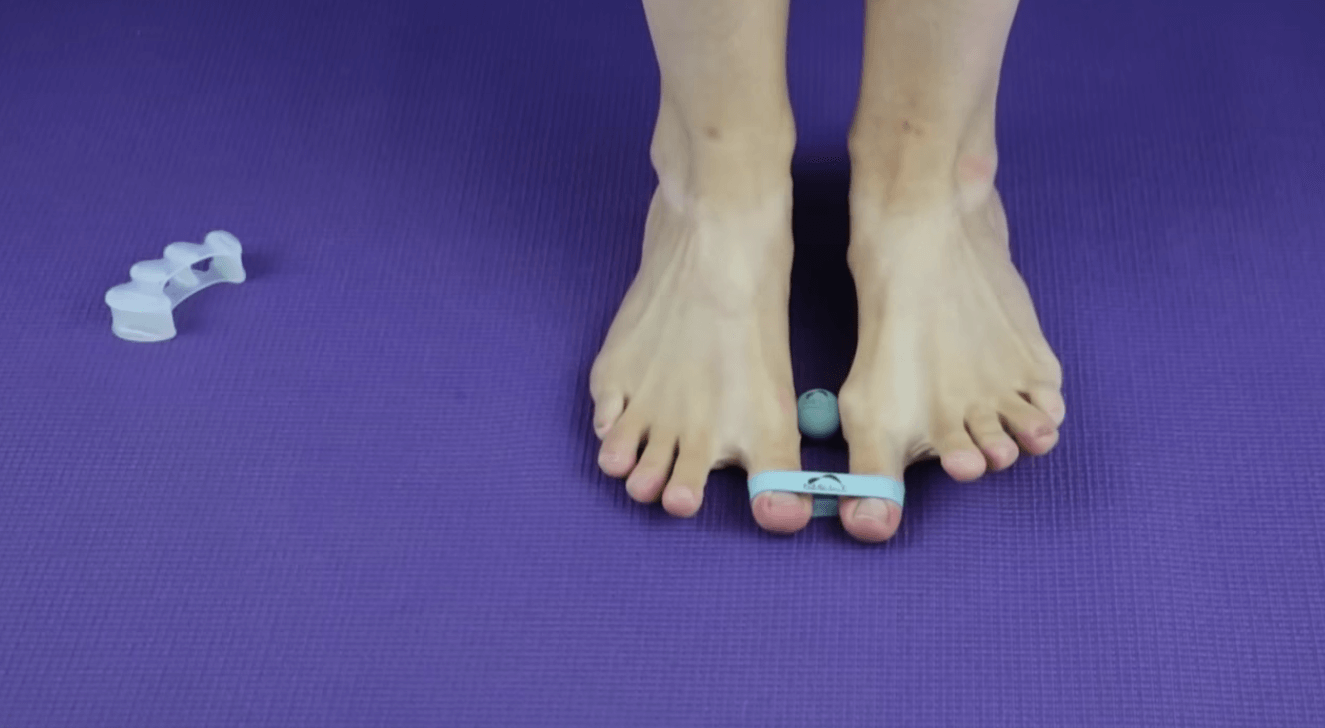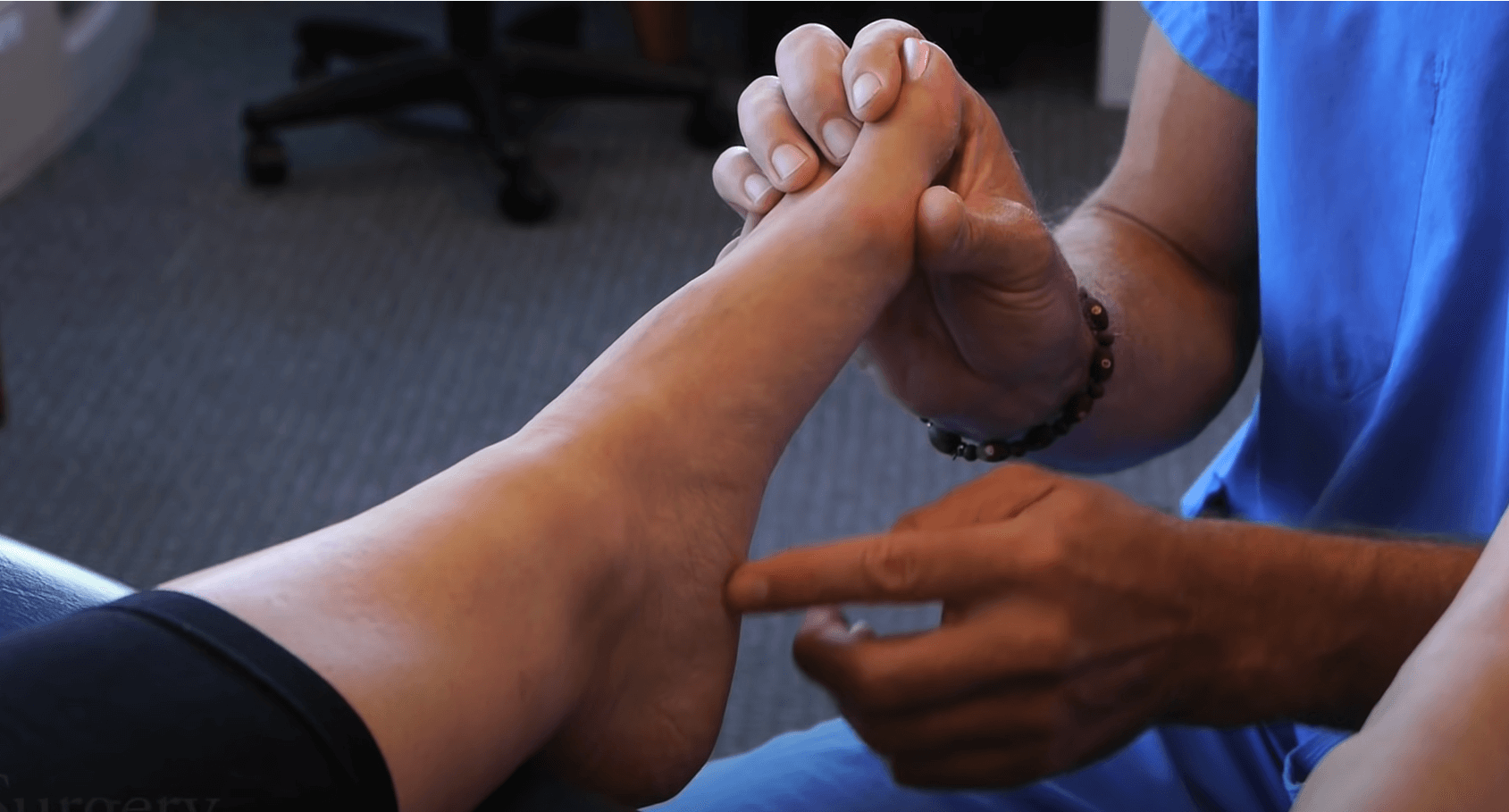Are you seeking stronger, injury-resistant feet and legs? Have you ever been intrigued by the idea of barefoot running or minimalist footwear? If yes, then read on! In this article, we’ll talk about whether or not barefoot shoes and toe spacers are worth the shot.
In the late 2000s, a barefoot running renaissance emerged, capturing the attention of runners and fitness enthusiasts alike. Vibram FiveFinger “toe shoes” and Christopher McDougall’s bestselling book, Born to Run, fueled the belief that running barefoot or in barefoot-mimicking shoes could enhance foot and leg strength, reduce injuries, and improve overall resilience. Who wouldn’t want stronger, more resilient feet?
Transitioning to Barefoot Shoes
The transition from conventional running shoes to minimal footwear proved to be more challenging than anticipated. Many individuals excitedly discarded their bulky, motion-controlling shoes and jumped straight into training barefoot or with minimalist footwear like Vibrams.
While liberating, running barefoot requires a different level of skill, strength, and awareness compared to traditional running. Surprisingly, even accomplished runners found the gap between their ability to run barefoot or in minimalist shoes and their performance in modern maximalist shoes to be substantial. Without a gradual and thoughtful transition, the risk of injury loomed large.
Unfortunately, society’s obsession with immediate results often overlooked the importance of gradually strengthening and mobilizing the feet to handle increased workloads. This became evident when Vibram faced a class-action lawsuit, with plaintiffs accusing the company of making false health claims regarding their FiveFinger toe shoes. Although subsequent studies demonstrated that training in Vibram FiveFingers did indeed strengthen intrinsic foot muscles, there were no available studies at the time of the lawsuit.
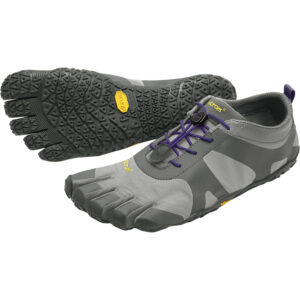
The majority of conventional footwear, including running shoes, features design elements like tapered toe boxes, toe springs, and heel elevations. While intended to correct foot stability, these features inadvertently interfere with the foot’s natural function, hindering the big toe’s ability to push off and leading to an overpronated posture and flattened arches.
In response, shoes are now equipped with built-up arch supports and motion-controlling features. However, the more external support shoes provide, the less opportunity there is for the feet to develop internal strength and stability. Feet that rely excessively on support can become dependent on shoes with stabilizing features, ultimately weakening and deforming due to the footwear’s design and technology.
The Impact of Wearing Conventionally-shaped Shoes
Over time, wearing conventionally-shaped shoes can result in muscle imbalances and foot deformations. A tapered toe box squeezes the toes together, weakening the muscles on the sides of the foot while tightening those in the middle. This imbalance can lead to the development of bunions and hammertoes.
Similarly, heel elevation and toe spring lengthen and weaken the muscles on the bottom of the foot while shortening and tightening the extensor muscles on the top. Consequently, many people live with feet shaped by their footwear—restricting their ability to move effectively without external assistance.
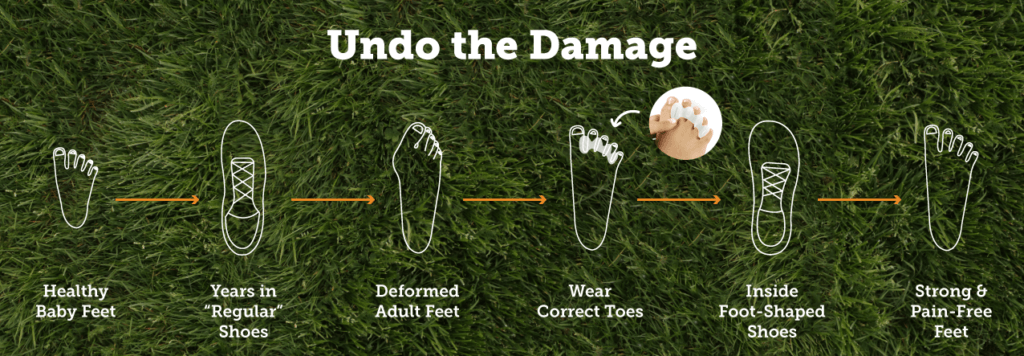
Consider this thought experiment: imagine a boxer who keeps their hands constantly wrapped in boxing gloves. Although protected from injuries, their finger strength and coordination may not be sufficient to perform delicate tasks like playing the piano or using chopsticks.
Similarly, expecting dysfunctional and dependent feet to handle the rigors of barefoot running or minimalist shoes immediately is unrealistic. Regaining foot function requires more than just switching to naturally-shaped footwear; it often necessitates reversing damage and retraining the foot.
Toe Correcting Solution
This is where Correct Toes comes into play. Similar to braces for teeth, Correct Toes gradually guide micro-changes toward optimal toe alignment. By splaying the toes back into their natural wide position, Correct Toes help reverse muscle imbalances caused by narrow toe boxes.
Proper toe alignment provides natural support for foot arches, improves balance, eliminates overpronation, optimizes weight distribution, and promotes optimal circulation, among other benefits. The alignment of the big toe is particularly crucial for walking and running, as it bears a significant amount of weight and plays a key role in pushing off the ground for the next step. When the big toe is misaligned, as often seen in bunions or tapered toe boxes, its ability to effectively extend and push off becomes compromised, leading to compensatory patterns and reduced functionality.
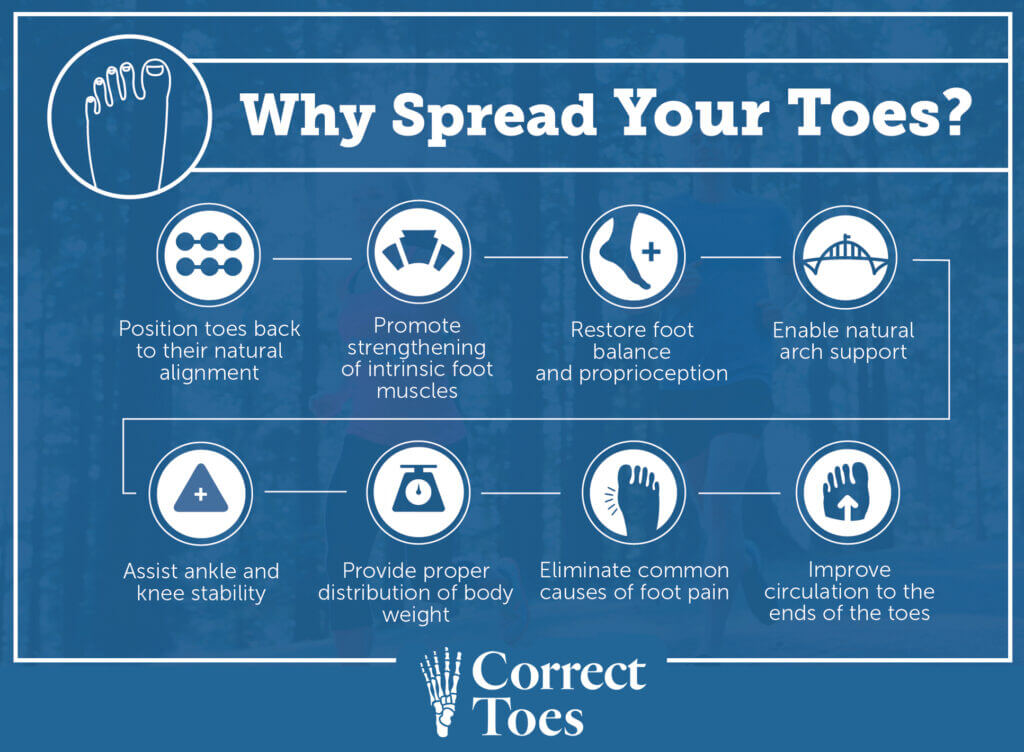
While wearing Correct Toes during activities helps train the toes and foot muscles to operate in healthy alignment, complementing their effects with targeted exercises and manual therapies is highly beneficial. The bunion stretch and soft tissue release, for example, helps realign the big toe by loosening tender spots between the foot bones and releasing tight muscles.
Similarly, the toe extensor stretch lengthens the tendons on the top of the foot, which are often tightened by shoes with toe spring and heel elevation. By addressing these issues, it becomes possible to effectively strengthen the weak muscles on the bottom of the foot. Additionally, using a lacrosse ball or massage ball to encourage plantarflexion can help bring the toes back to a flat position.
The foot is an elegantly designed structure, capable of supporting and moving our body weight for a lifetime. Its three arches provide strength and adaptability, allowing us to navigate various surfaces. However, when one end of an arch is displaced, instability arises, and the foot struggles to maintain its integrity. These arches must be both strong and flexible to function optimally, efficiently transferring energy.
Barefoot Shoes and Toe Spacers for Optimal Foot Health
To experience the full benefits of being barefoot or wearing minimalist shoes, the foot must be in a position and posture that can naturally support itself—flat with toes splayed in alignment. Simply switching to footwear shaped like feet is a significant first step, but for those who have worn conventional footwear for an extended period, addressing muscle imbalances and retraining the foot is often necessary.
Correct Toes, combined with targeted exercises and manual therapies, helps encourage a healthy foot posture and facilitates a smoother transition to barefoot shoes, enabling you to achieve optimal foot health and continue moving forward with confidence.Unlock the potential of your feet and embrace the strength and functionality they are meant to possess. Transitioning to barefoot shoes is a transformative journey that requires patience, dedication, and the right tools.
By incorporating Correct Toes and holistic foot care practices, you can embark on a path toward healthy, resilient feet that will support you for years to come. Get ready to experience the joy of movement and discover the true potential of your remarkable feet.
Written by: Dr. Andrew Wojciechowski, ND
If you’re seeking more individualized foot health care and would like to work with Dr. Andrew directly, you can schedule at Northwest Foot and Ankle.
Schedule a virtual remote consultation with Dr. Andrew Wojciechowksi, ND.
Schedule an in-person appointment with Dr. Andrew Wojciechowski, ND at Northwest Foot & Ankle in Portland, OR.
